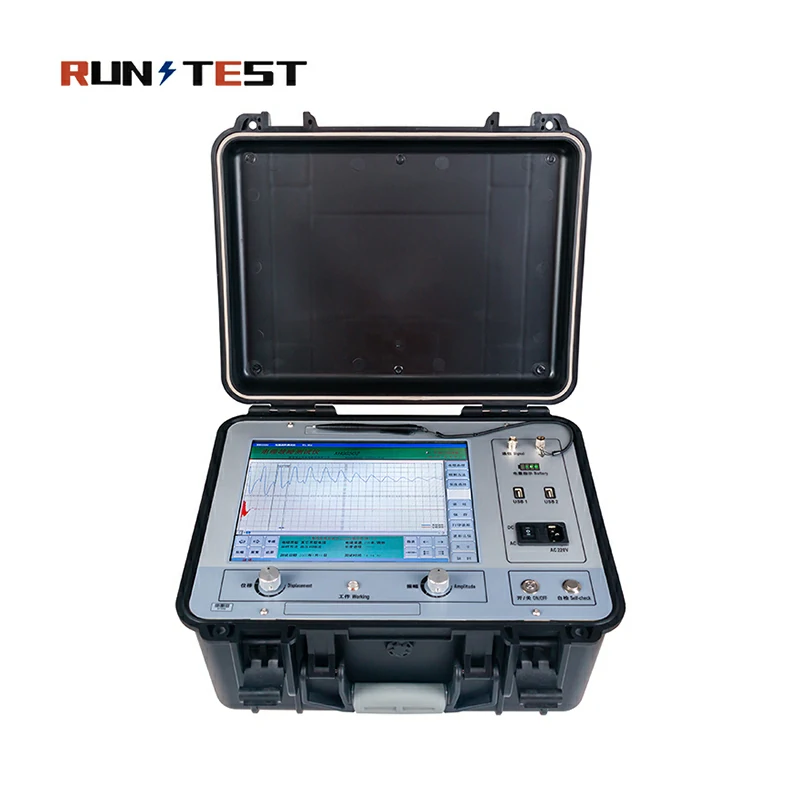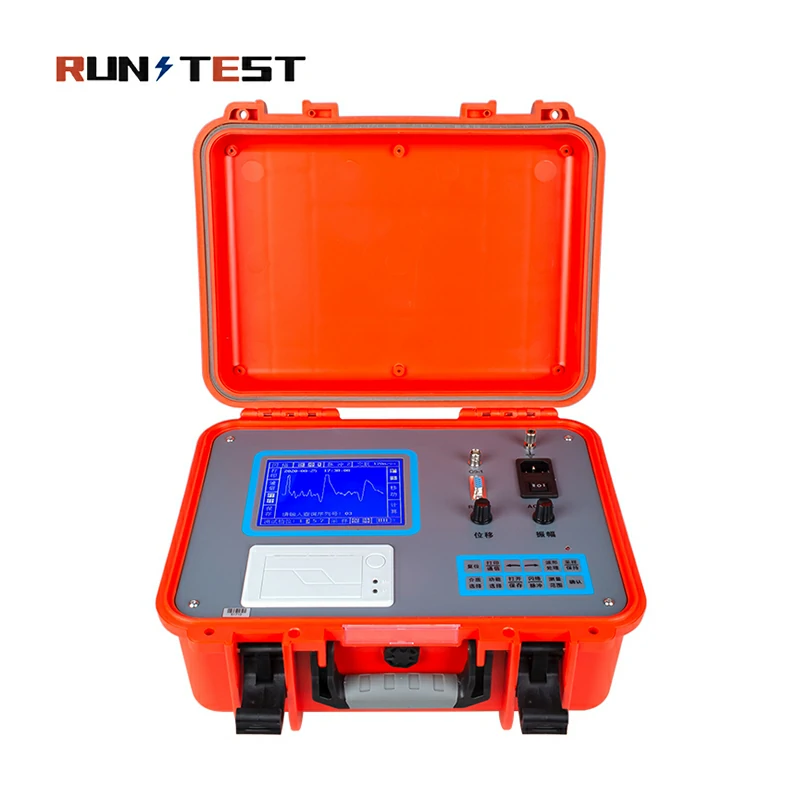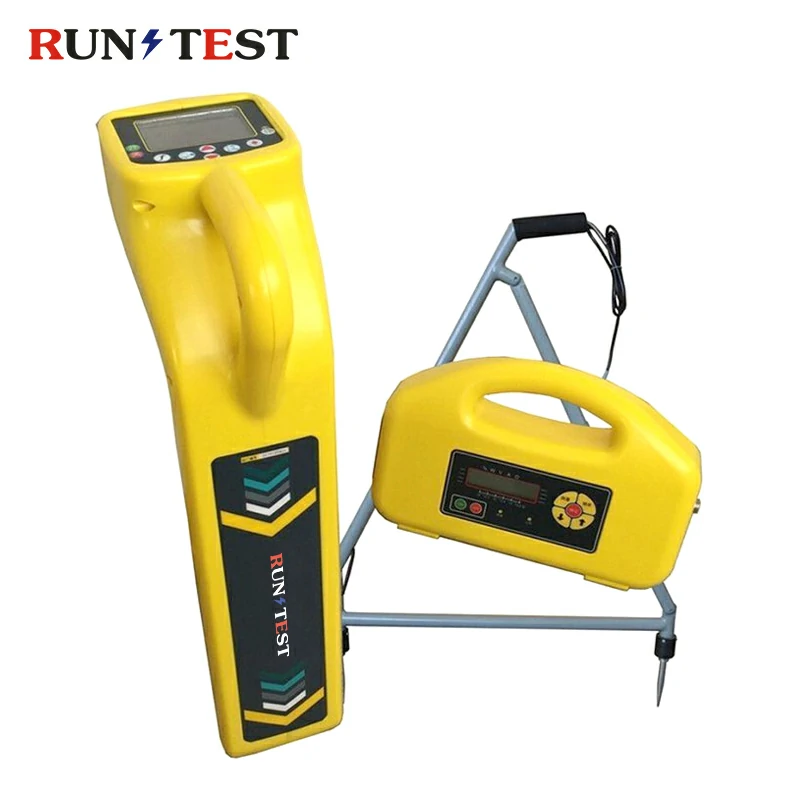cable fault locator
A Cable Fault Locator is a device used to detect and locate faults in electrical cables. It helps in identifying issues like short circuits, open circuits, insulation faults, or other defects in underground, overhead, or buried cables. The goal is to pinpoint the exact location of the fault to minimize downtime and reduce the cost and labor required for cable repairs.
-

All-in-One Automatic High Voltage Tdr Underground Cable Fault Locator
-

China Best Quality Portable Integration Underground Cable Fault Distance Locator
-

Underground Cable Fault Locator and Pipeline Detector
Modern Cable Fault Locators: Features and Applications
Features
- Display Screen: This makes it obvious what exactly is wrong, most often given by some units.
- Distance Measurement: With the locator, you could determine and display the real distance that is between your test point and the fault place.
- Multiple Fault Detection: Some of the advanced cables fault locators could be used to detect multiple flaws in a cable simultaneously.
- Data Logging: Some particular models are capable of recording particular data that you can use later to review and analyz.
- Adaptability: They can be used with various cables such as low-voltage or high-voltage; it does not matter to the units.
- Accuracy: They pinpoint faults very precisely. This way, you don’t have to dig up or test a large area.
Applications
- Electrical Utilities: People use cable fault locators to find problems in underground power cables.
- Telecommunication: Technicians use them to detect faults in network cables, fiber-optic cables, and more.
- Industrial Plants: Workers test cables inside big factories and facilities with these locators.
- Mining: Miners rely on them to identify cable faults during underground operations.
- Street Lighting: Crews use cable fault locators to locate faults in underground street lighting systems.
Cable fault tester could play a vital role in keeping electrical and telecommunication systems reliable. They use methods like Time Domain Reflectometry, Surge Testing, and Acoustic Fault Location to find cable faults accurately. This helps teams fix problems faster and more effectively. As a result, systems experience less downtime, repair costs drop, and overall reliability improves.
